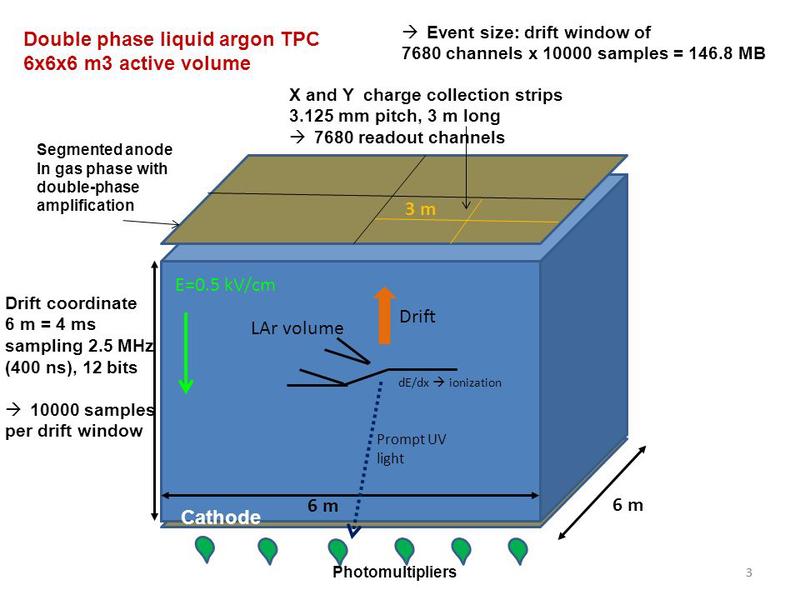My name is Dr. Thorsten Lux and I am senior researcher at Institut de Física d’Altes Energies (IFAE).
Originally from Lüneburg (Germany) where I was born in 1974, I followed in 1996 my scintific interests and started to study physics at the University of Hamburg, Germany.
Since particle physics was also a highly interesting topic for me, I first became a CERN summer student in 1999 and afterwards I started my diploma thesis in 2000 in the research group of Prof. Dr. Heuer at DESY. At that time the R&D about the usage of Micro Pattern Gas Detectors (MPGD) for the readout of time projection chambers (TPC) started in the framework of the linear collider project TESLA/ILC. The topic of my diploma thesis was the design, construction and commissioning of a setup for measurements of the ion-feedback in a triple Gas Electron Multiplier (GEM) system.
This was the starting point for me to work with gaseous detectors, a field in which I am still involved after more than 15 years in which I slowly expanded my expertise to more and more different kind of gas detectors.

From October 2001 to June 2005, I was continuing to work in the same research group as PhD student. The thesis consisted of two topics. The instrumentation part of the thesis was about the construction of a prototype TPC which afterwards I used to take data in a superconducting 5 T magnet at DESY, while the analysis part was about data taken with the H1 detector at the ep accelerator HERA at DESY. I studied the semi-muonic decay channel of the b-flavoured hadrons : ep-> e bbar X-> e muon j (j) X'.
In summer 2005 I started to work as PostDoc with the neutrino group at the Universitat Autonoma de Barcelona (UAB), Spain. The topic of my work was again related to gas detectors, this time aiming on the construction of the first full size TPC with MPGD ever built for a phycis experiment. The idea was to use 3 TPCs as central tracker of the near detector of the long baseline oscillation experiment Tokai-To-Kamikande, T2K. After a short but intensive R&D phase to define the final detector design, I contributed to the quality control of the MicroMegas (MM) readout modules and other design aspects of the experiment.
From 2008 on I worked at IFAE on a Double Beta decay experiment. The project opened me the possibility to extend my knowledge about gas detectors from two points of view: 1. for the first time I worked with gas detectors operated at pressures above ambient pressure and 2. instead of using a MPGD based readout, we studied the possibility to use an electroluminescence (EL) readout based on APDs as light sensors.

Since 2015 I am not senior researcher at IFAE. Now as Co-PI of the neutrino and instrumention group, I am working again on T2K, this time on the upgrade of the detector we had installed 10 years ago and of course again on TPCs. I am also involved on a double phase (DP) liquid argon (LAr) TPC development in the framework of the next generation neutrino oscillation project, DUNE. Beside of these fundamental physics projects, I am also working on smaller projects in the field of applied physics. More details on my current projects can be found in the tab “Research”. Outreach is another field in which I am active.
Research Topics:
- Experimental Physics
- Neutrino Physics
- Instrument Development




